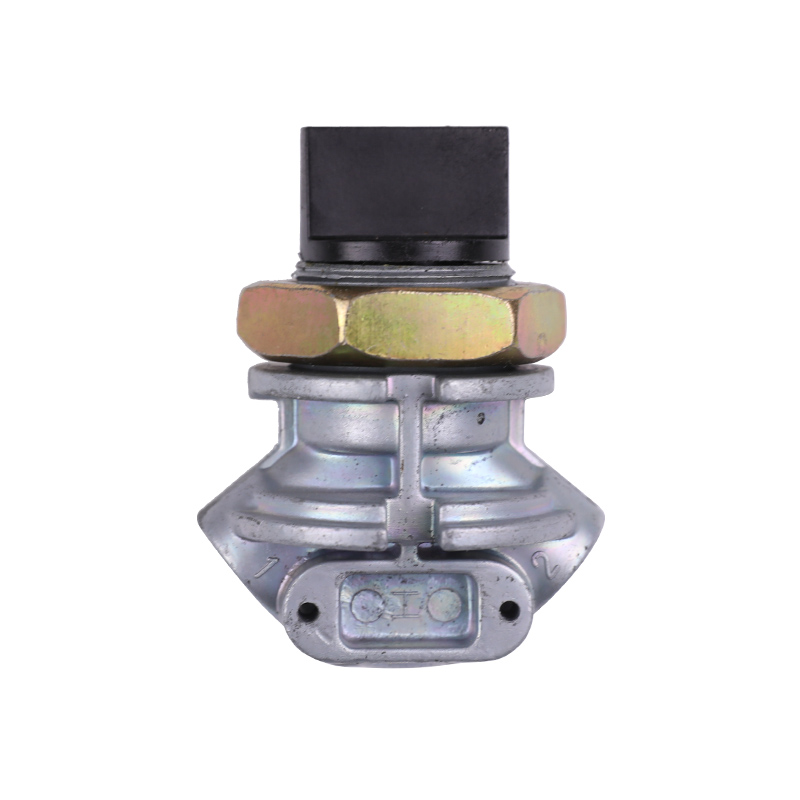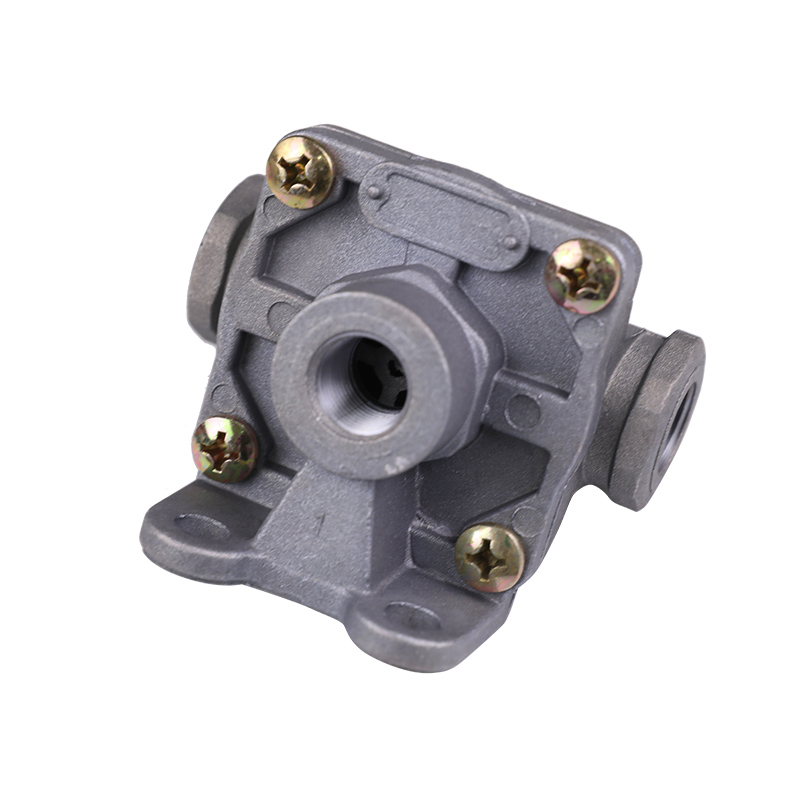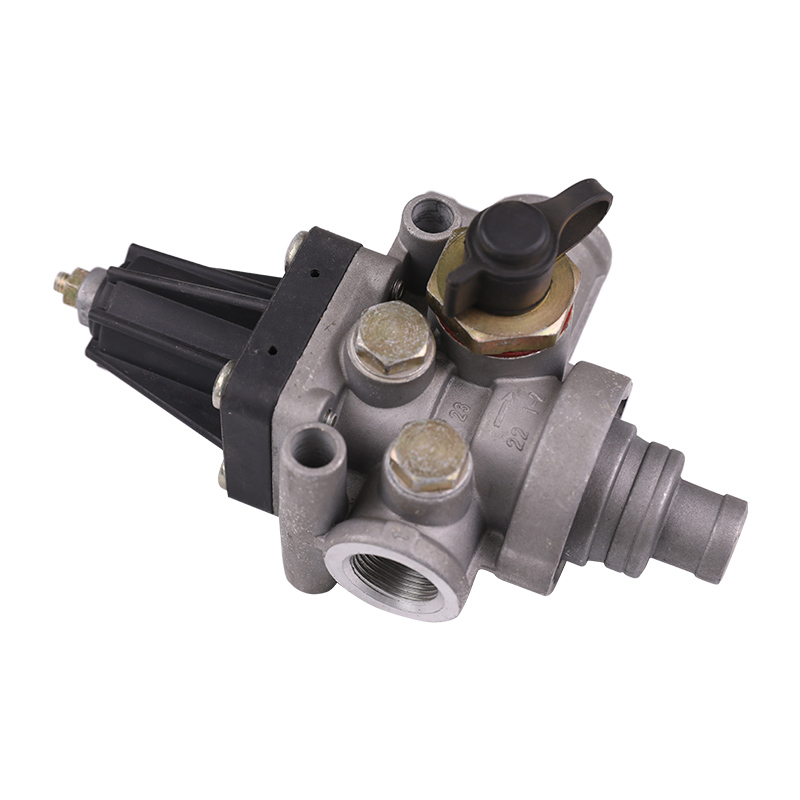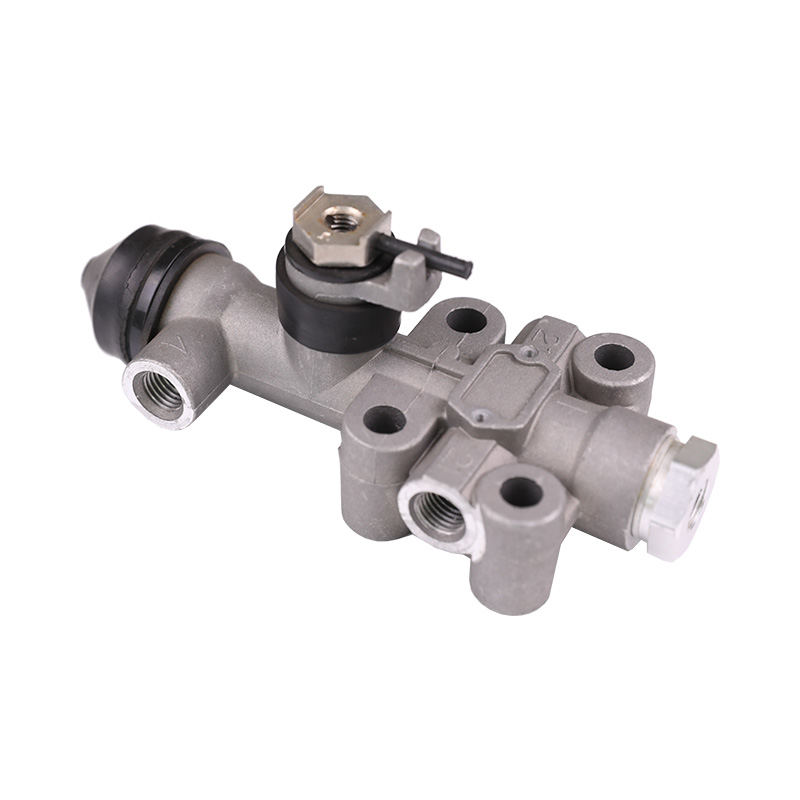There are several types of CHECK VALVE, depending on the application. A non-slam check valve, for example, has a single moving part that experiences minimal wear over time. Another type is a dual-plate check valve, a compact, wafer-type valve with excellent hydrodynamic properties. Its lightweight design has several benefits during installation. This type of valve is suitable for a wide variety of applications, including water supply and drainage systems, as well as petroleum, chemical, and metallurgical applications.
Linear-stroking check valves incorporate a spring to provide opposing force to prevent backflow. The spring forces the check valve to return to the closed position when the pressure decreases. These valves are also versatile because they can be installed in varying piping orientations. Restrictor checks and silent checks also depend on a spring. In addition, they are more expensive to install and maintain than non-swivel valves.

PVC is another material that is frequently used for check valves. PVC is corrosion-resistant and flexible, and its smooth surface allows the parts of the valve to move freely. Chlorinated polyvinyl chloride is another material that offers similar properties, and can also withstand high temperatures. Bronze is another option, and is used in low-pressure applications. The same properties as bronze apply to brass, and both materials can be cast in complex configurations.
Another type of CHECK VALVE is the diaphragm check valve. These are best used for vacuum or low-pressure applications. A diaphragm check valve is a mechanical valve that uses a diaphragm. A diaphragm check valve is the most popular type of check valve, but it also has some advantages. It has a diaphragm that can withstand very low pressure.
While most requests for a check valve consider the line size and pressure class, there are many other factors that affect performance. Incorrect or inadequate information can make it impossible to determine the appropriate check valve. Flow rate, temperature, and working pressure are also important considerations. It is strongly recommended to carry out a thorough analysis of the design of the system to determine the correct valve for your application. The failure of a check valve is typically the result of excessive wear on its internal parts, such as springs and bearings.
Another type of check valve is the non-return type. Non-return check valves are installed between two reservoirs where contaminated backflow could cause a problem. Backflow can damage the equipment, media, or other equipment upstream. Non-return check valves are inexpensive and easy to install. CHECK VALVEs are available in many materials, sizes, and designs. These valves are a common piece of equipment in most industries.
When the pressure downstream of a check valve is lower than the cracking pressure, the valve will close. This pressure, referred to as the 'cracking pressure', forces a diaphragm, ball, or disc against the orifice. In some cases, a spring or a lever will assist in the closing process. In the majority of cases, however, the valve will remain closed until the back pressure is removed.
Depending on the application, check valves have a single outlet and one inlet. Cracking pressure is the minimum differential in pressure upstream and downstream of the valve. The cracking pressure of a check valve is determined by its size and design. A well-designed check valve system should be able to achieve this cracking pressure. It can be manufactured in miniature form using precise spring pressures. There are many types of check valves, and choosing the right one for your application is critical.
Tilting disc check valves work by tilting their discs open and closed. Tilting disc check valves solve the problems of swing check valves because they remain open during low velocity flow and close quickly when the flow is stopped. They are also better for high-velocity applications than swing check valves. Another type of check valve is the folding disc check valve. This type features a wafer-pattern body, a soft seat, and a pivot rod. When the flow pressure reaches a threshold, the valve closes.
Non-slam check valves are commonly specified in pipelines and gas export facilities. They are also used in chemical manufacturing, steam condensate systems, and power generation facilities. In oil and gas pipelines, they prevent excessive leaking and provide excellent safety. Non-slam check valves are ideal for pipelines and are also suitable for low-pressure applications. There are many types of check valves, so choosing one is not a difficult decision.






